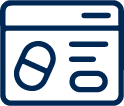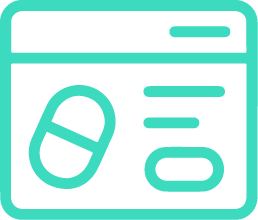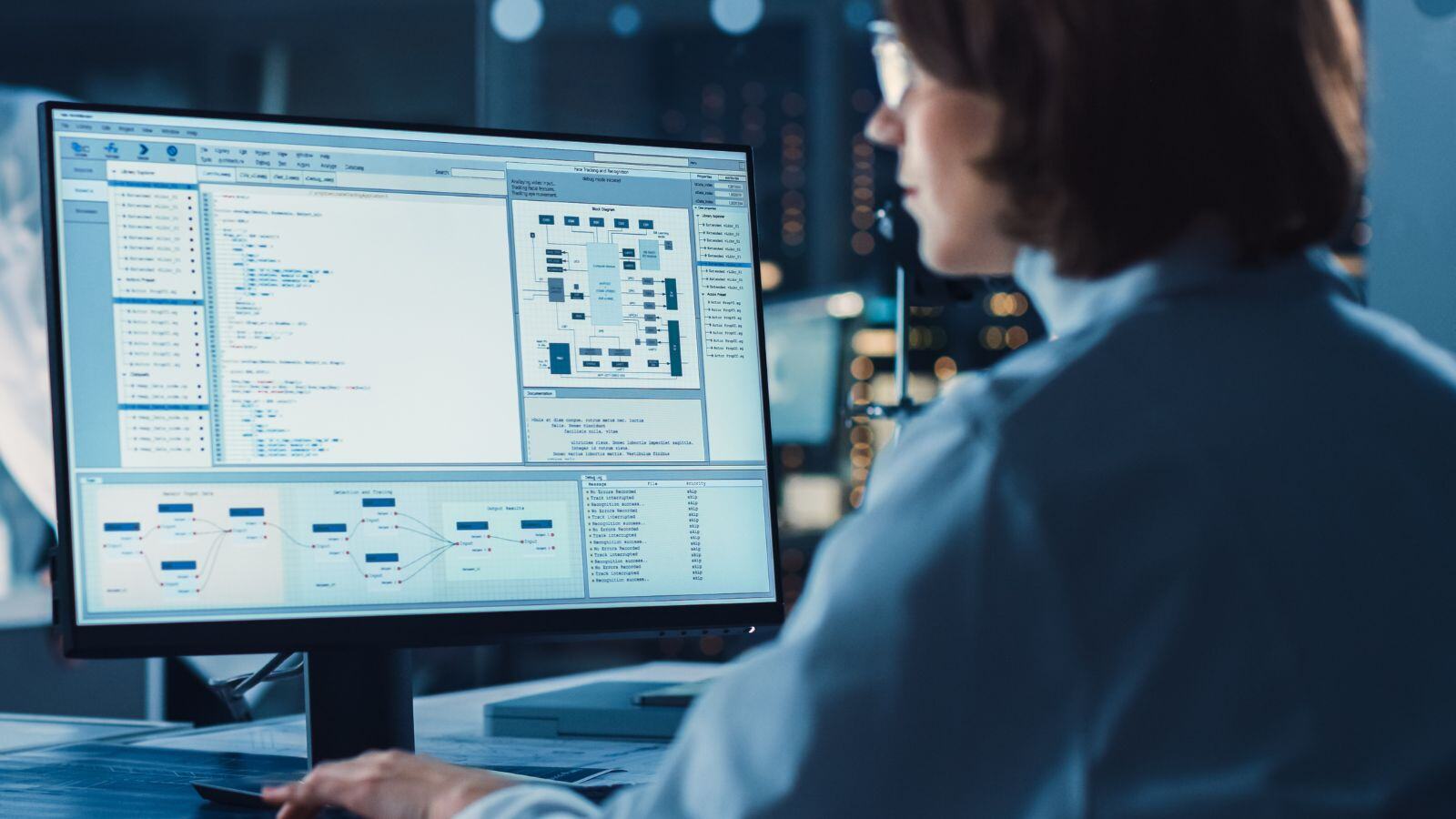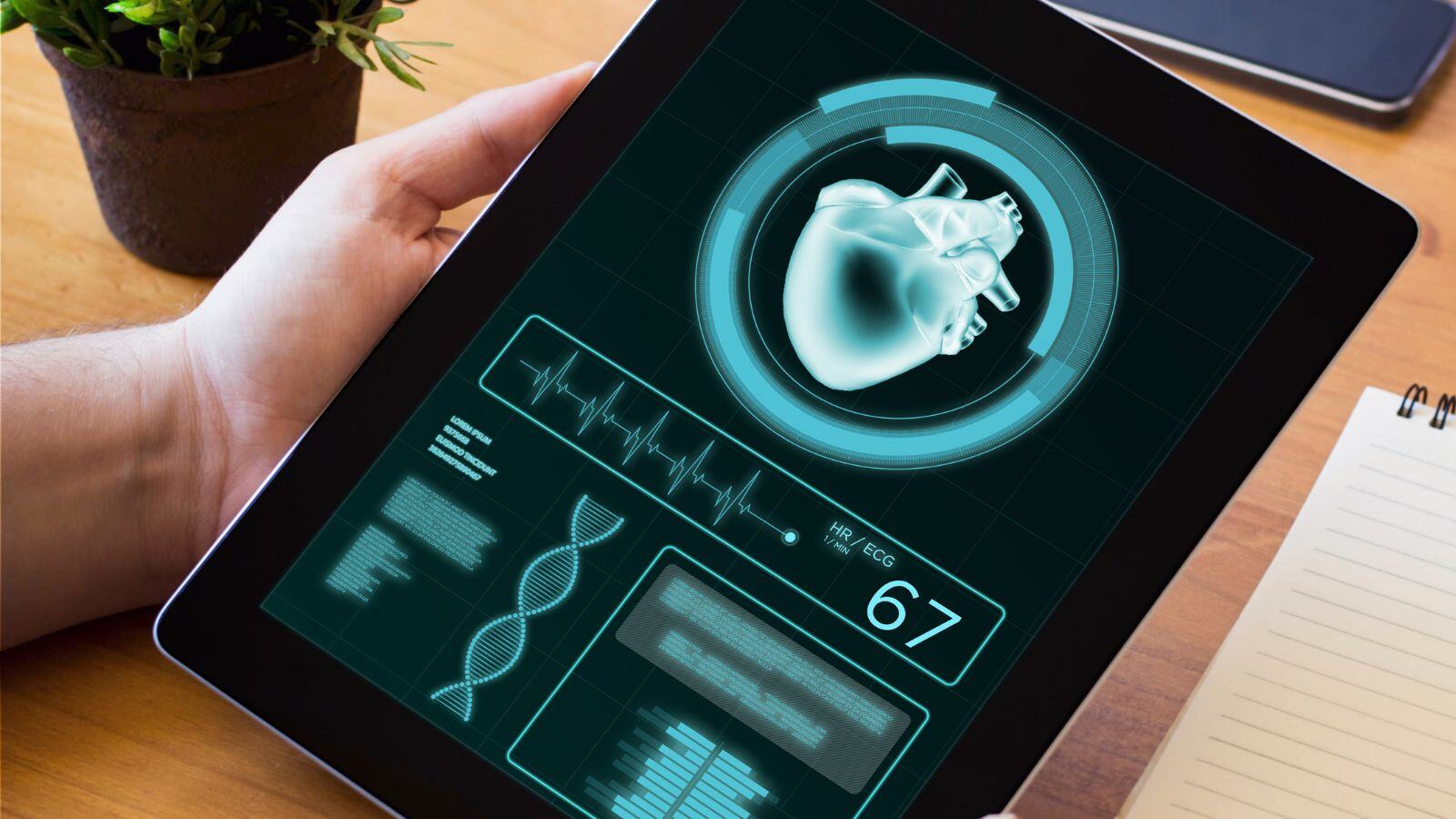Nowadays, pharmaceutical companies have an ever-increasing number of equipment, automation activities, and computerized systems to streamline their operations.
The validation and qualification of such systems play a crucial role in ensuring their reliability, accuracy, and compliance with regulatory standards. Nonetheless, most of the time, validation of these systems is still done through traditional validation methods (paper validation).
This technology gap between the equipment and the validation method is a source of several issues. This article aims to define the advantages, inconveniences, and impact on the industry of paperless validation and traditional paper validation.
Taking a leap to save time while increasing compliance is always a good step forward! Below, you will learn why paperless validation is the solution for the future of the industry and for you.
Traditional paper validation
Paper validation uses good old white paper and blue pen ink. Electronic paper, such as PDF documents managed in a document management system, is also paper validation.
As this is the most common way to do validation it does not require a lot of effort in terms of training and no new investments. Still, it relies heavily on human readiness and time.
Time-consuming
Paper validation has a great impact on workload in terms of paper file management (printing, handling circulation, manual data entry, test evidence printing). This can lead to human error in terms of GDocP and ALCOA+ and delay in equipment release.
Regulatory compliance
Compliance with evolving regulatory standards can be complex when using traditional validation methods. Keeping up with documentation requirements, tracking changes, and ensuring data integrity can be challenging without advanced electronic tools.
Documentation risk
Files might get lost in the different steps of the process. Indeed, as the validation file might need to be handed over to different stakeholders (SME (subject Matter Expert), QA (Quality Assurance), etc.) the current location of the file might be unclear, and documents eventually might be lost.
Paper documentation also requires storage room, for many years. Retrieval is not always straightforward and requires time. And paper documentation makes it harder for version control.
Overall, this leads to compliance issues and inefficiencies. Impact assessment: A change in a validated state requires an impact assessment. Such impact assessment can be tricky and complex to evaluate. It can become time-consuming and a huge burden to assess the impact by going through all the paper documentation.
Limited Collaboration
Teamwork on different sites at the same time can be very hard to achieve with paper documentation. This hinders collaboration. It increases the risk of miscommunication, and difficulties in maintaining a synchronized validation process.
Paperless validation increases efficiency, smoothens the process flow through automation, and reduces human error and compliance issues. Nonetheless, a software solution for validation requires investments and training for the user. Such a change therefore requires the personnel to be fully committed to the change as it is not just a change in process but most of all in mindset.
Improves traceability
The use of software for validation increases control and FDA (Federal Drug Administration) 21 CFR part 11 compliance. Any change, revisions, and approvals can be traced back to a user and the audit trails of digital systems provide information that can be totally relied on.
Conformity decisions no longer rely on humanly encoded data subject to GDocP error, misreading of handwriting, and/or unauthorized modifications. This enhances transparency, traceability, and accountability throughout the validation lifecycle, facilitating regulatory compliance.
Improves documentation management
With electronic records for validation, there is no risk of losing track of a document in transit between stakeholders. It reduces administrative tasks. Room storage is reduced to a mere electronic chip and retrieval is kept under control through user access and validation documentation can be instantly found.
Remote collaboration
Physical presence on location is not a requirement anymore with paperless validation. It increases the speed of the workflow as electronic signatures are used for approvals (either overall document approval or incident during test execution). Working hours are not an issue anymore as different SMEs from around the world can continue their work from another time zone.
Data integrity
The accuracy of the acquired data during the validation process is guaranteed as no modifications of the data are possible. The latest version of the approved document is always accessible through a software solution.
All of the ALCOA+ data integrity measures can be enforced with a paperless validation system. That enforcement cannot be bypassed. On the contrary, GDocP rules and ALCOA+ principles might be discarded by the final user and not noticed during QA (Quality Assurance) review in traditional paper-based validation.
Cost savings
Paperless validation reduces labor intensiveness on low added-value work (such as GDocP, traceability matrix creation, report creation, etc.), increases the streamlines of the process reduces validation time, and reduces human error and delay.
All in all, after investments, it will save your organization a lot of money and increase your employees’ work satisfaction and productivity as their workload on lesser interesting work is drastically reduced.
Automation of the process
The main advantage of paperless validation is the direct link between the URS (user requirement specification) to test scripts. And together with the link between test execution and test scripts, you get a fully integrated risk-based approach.
All is then resumed in the built-in traceability matrix. This makes it easier to make sure that every URS has been tested and that every test is linked to at least one URS. A software solution can also generate validation reports and provide auto-generation of the test.
How to get started with a paperless validation system?
There is no fixed, one-size-fits-all process for paperless validation, as it can vary depending on the specific requirements and context of each organization and industry. However, there are common steps and considerations involved in implementing paperless validation:
Assessment and planning
Evaluate the current validation processes and identify areas where paperless validation can be implemented. Define goals, objectives, and success criteria for the paperless validation initiative.
System selection
Select electronic systems and tools that align with the organization’s validation requirements. This may include electronic document management systems, electronic data capture systems, or validation-specific software.
Validation strategy
Develop a validation strategy that outlines the scope, approach, and resources required for paperless validation. This includes determining the Roles and responsibilities, the validation deliverables, defining the validation protocols, and establishing acceptance criteria.
System Configuration and Installation
Install and configure the selected electronic systems, ensuring they meet the organization’s requirements and align with regulatory guidelines. This may involve customizing the software, setting up user access controls, and integrating the system with existing infrastructure.
Test and Validate the System
Conduct validation testing to ensure the system performs as intended and meets the predefined acceptance criteria. This includes executing validation protocols, documenting results, and addressing any identified issues or deviations.
Data Migration and Document Management
Transfer existing paper-based records and data into the electronic system. Establish document management processes for creating, reviewing, approving, and storing electronic documents and records.
Training and User Adoption
Provide training and support to users on how to effectively use the electronic system and follow the paperless validation processes. Encourage user adoption and address any concerns or challenges that arise during the transition.
Ongoing Maintenance and Compliance
Maintain the electronic system, ensuring it remains in a validated state through change control processes and periodic system reviews. Continuously monitor and assess compliance with regulatory requirements and update validation documentation as needed.
Conclusion: embrace the future today
Even though paper-based validation is still currently the common practice, that is about to change. It is, indeed, easier to apprehend for the final user and it does not require a lot of training and investment. But, in view of the many advantages of a paperless software solution for validating equipment and computerized systems, it’s becoming more and more attractive and cost-saving.
Paperless validation allows for increased control in terms of data integrity, reduces administrative tasks, reduces human error and its impact, increases streamlining of the process, allows working in remote collaboration, and reduces the overall cost of validation. In alignment with the digital transformation, it would be enabling your organizations to stay agile, efficient, and innovative in an increasingly digital world.
Paperless validation does require investments: in terms of software license acquisitions, in terms of personal training, and most of all in changing the mindset of the involved stakeholders. Making such decisions is not an easy call. And if you must choose a solution it would have to be the most efficient, seamless, and robust. That is why QbD Group is here to help you define your need for paperless validation and advise you on the different software solutions to be found on the market.







.png?width=109&height=108&name=Pharma%20(2).png)
.png?width=111&height=108&name=Medical%20Devices%20(2).png)
.png?width=84&height=107&name=IVD%20(2).png)



.png)









